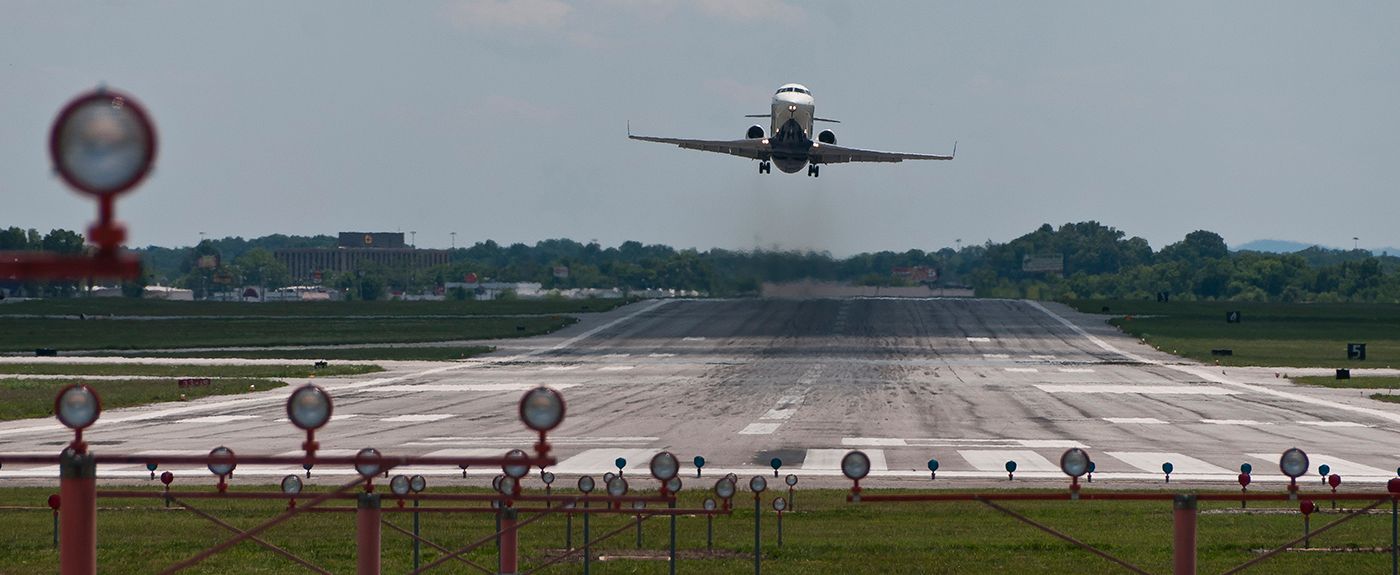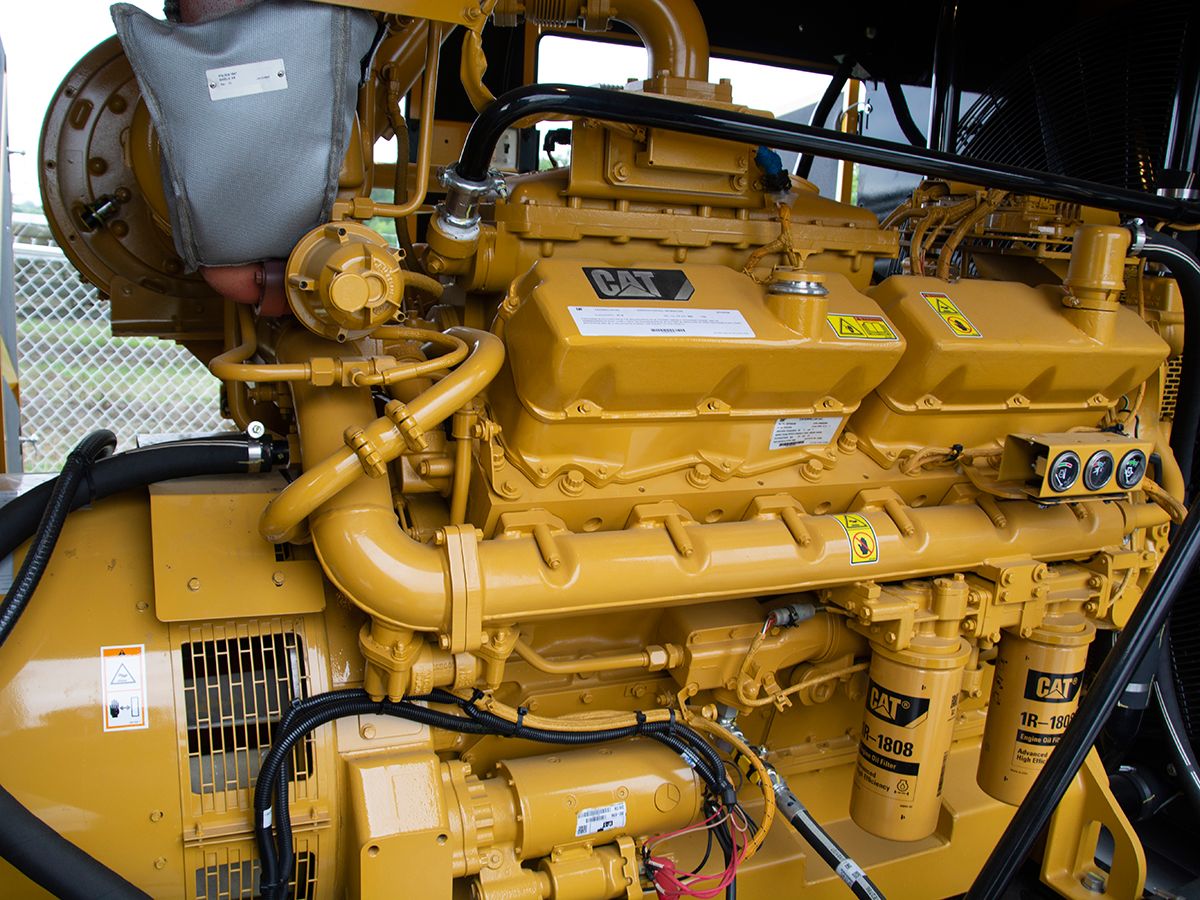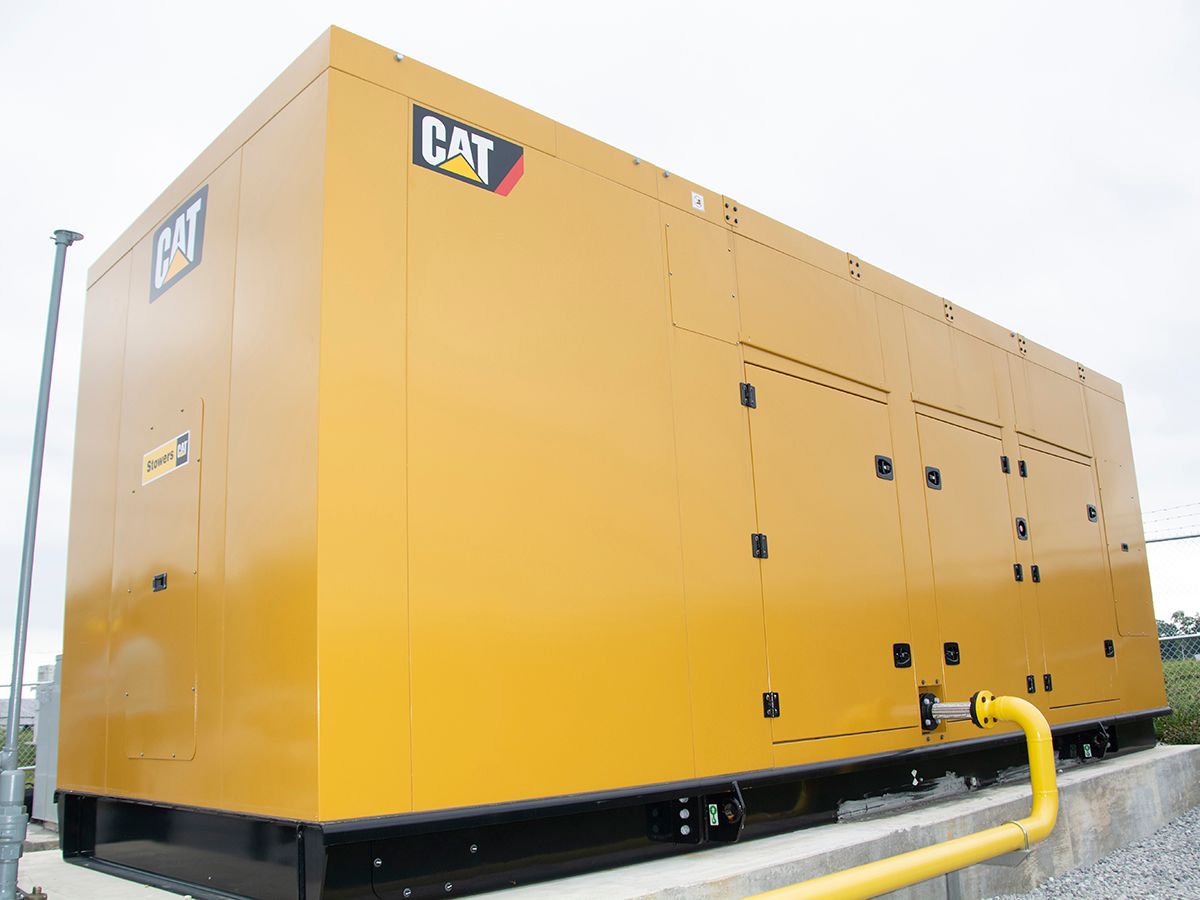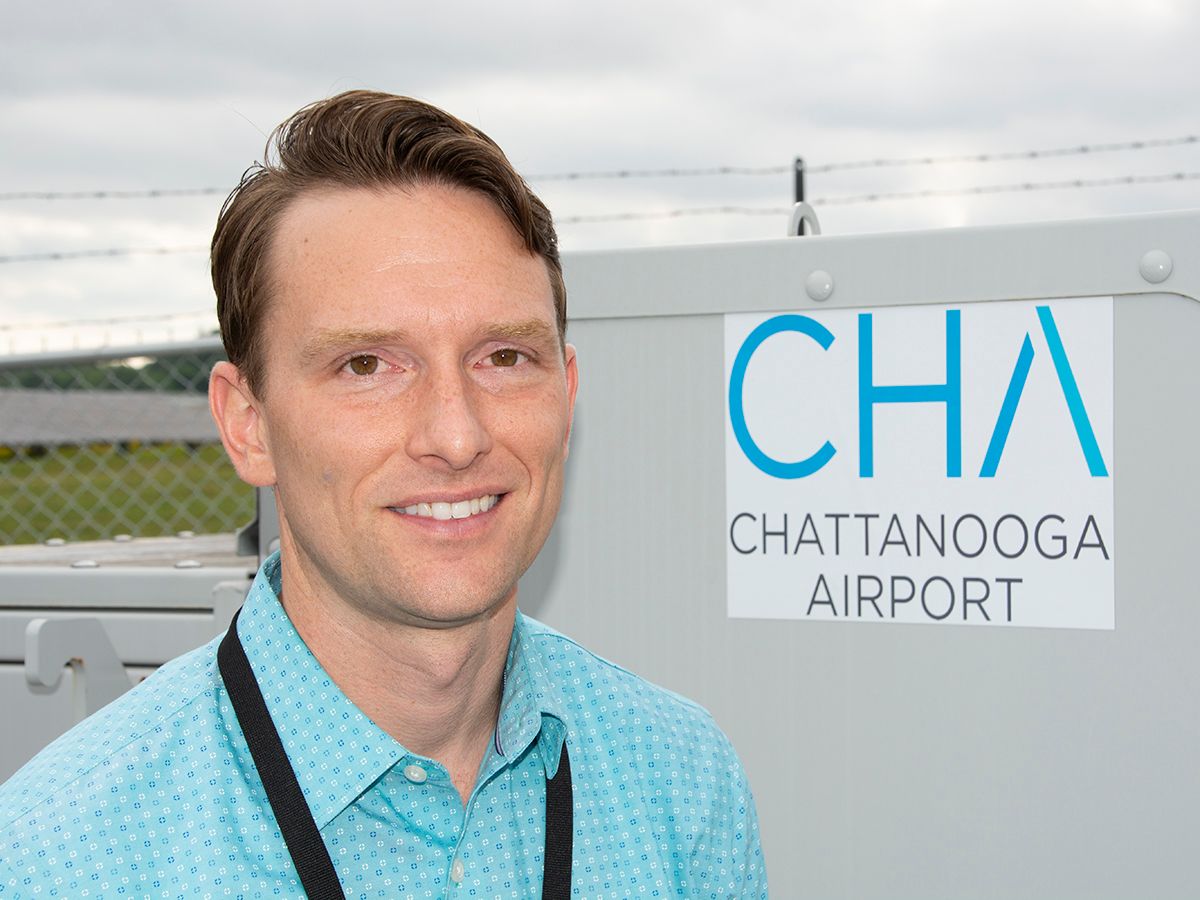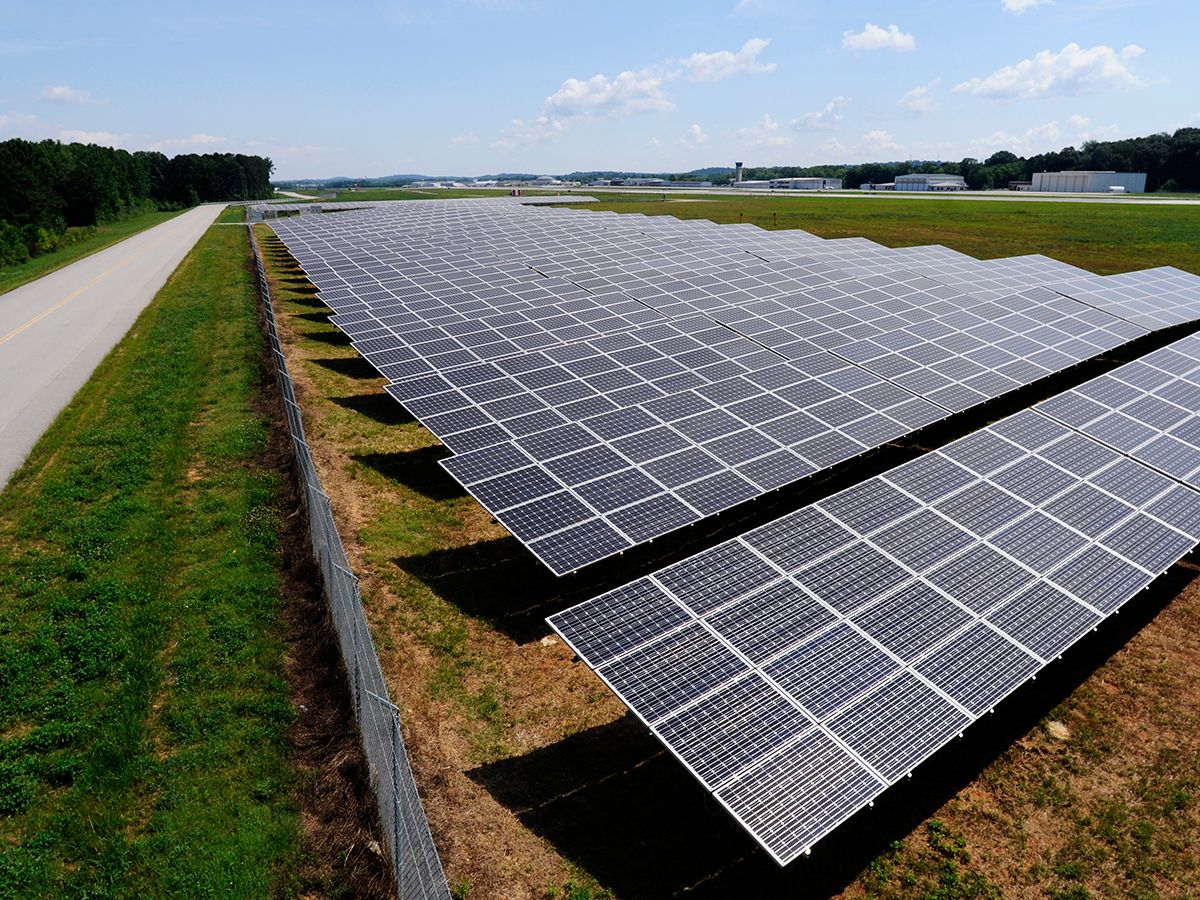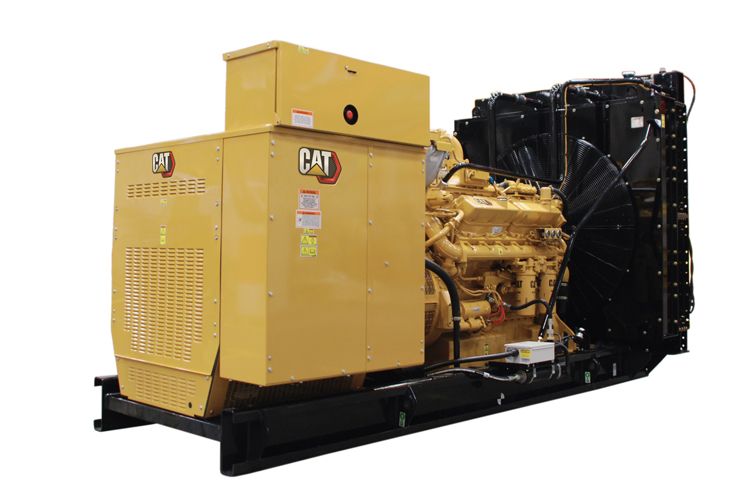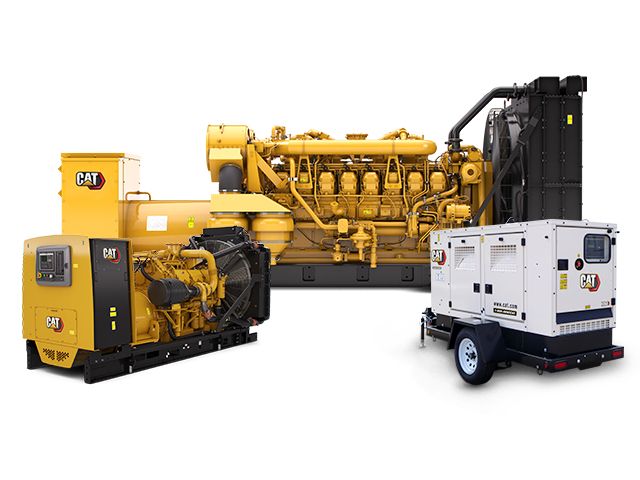POWER NEED
Over the past 40 years, Chattanooga has transformed itself from one of the most polluted cities in the nation to one of the cleanest. As a cornerstone of the community, the Chattanooga Metropolitan Airport Authority (CMAA) shares the city’s vision for sustainability.
A decade ago, the airport pledged to reduce its environmental footprint and started small by initiating sustainable practices both on the airfield and within the commercial terminal. Over time, the airport has incorporated this green philosophy into larger projects, including a solar farm and LEED designed facilities.
LEED is an internationally recognized green building certification system which essentially provides building owners a method to identify and implement energy efficient ways to design, construct, and operate their buildings.
Lighting was one of the first initiatives that the airport tackled. Old incandescent lights on the airfield were systematically replaced with more energy efficient LEDs as part of each taxiway construction project.
Lighting on the exterior of the terminal building was upgraded from metal-halide to compact florescent lights. On the interior of the terminal, lighting was changed to compact florescent lights, and time, motion, and light detectors were installed to ensure that lights were only used when needed.
With these simple changes, the Chattanooga Airport reduced its electric consumption by one full megawatt each year over the first five years.
The CMAA has evaluated day-to-day operations and made conscious decisions to focus on sustainability in areas like green cleaning products, green pest control, green landscaping practices, and recycling programs. All these efforts minimize the pollution of air and water and leave a cleaner community for neighbors to enjoy.
The airport maintains many acres of asphalt on the airfield to support its aviation partners. All asphalt that is removed during reconstruction projects is recycled and reused to produce aggregate for new asphalt at the airport.
In 2018, the airport began restoring the pavement with an environmentally safe product instead of traditional coal tar. The new product significantly extends the life of the pavement while protecting water quality.
When the airport began the West Airfield Corporate Aviation Campus, a hill stood on the property and had to be removed before construction could start. Instead of trucking the dirt from the hill off the airport, the airport used the dirt as fill in an area of the airfield that was low and unusable. This served as the foundation, literally, of the airport’s solar farm. The low-lying 9.5-acre area that was once unusable is now the site of the 2.73 megawatt solar farm.
“We’ve done a lot of things to go green,” says airport planner Jack McAfee. “When we built the fixed base operator (FBO), it was the first LEED Platinum-certified FBO in the country. Several of our hangars are LEED certified.”
“We actually bought a number of car dealership properties that were just all concrete surfaces, and we razed them,” McAfee says. “We made it back into green space, and we don’t see flooding anymore, which protects neighborhoods that used to be impacted by flooding from stormwater runoff.”
SOLUTION
The solar farm is connected to a microgrid that includes energy storage, a Cat® G3412 gas-fueled generator set, and a control system that dictates when to run on stored energy and when to start the Cat genset for supplemental power. The first of three solar arrays was installed 10 years ago, while the third and final phase was completed in 2019. All three phases totaling $10 million were covered by a grant from the Federal Aviation Administration, with the airport authority contributing 10 percent of the total.
The airport owns and maintains the solar arrays, while the local electric and fiber optic utility—EPB of Chattanooga—owns the battery and the generator and oversees operation of the microgrid.
About ten years ago, EPB deployed one of the nation’s most advanced smart grids for the Chattanooga area, utilizing a community-wide fiber optic network as the communications backbone for the highly automated electric distribution system. Pairing the airport’s microgrid with the community smart grid has allowed the research partnership to test new and more dynamic ways of utilizing the equipment for resilience, demand management, and more.
Another partner in the project is the University of Tennessee, which designed the microgrid controller. The microgrid started as a research project between EPB and the University of Tennessee and was funded by the Department of Energy’s Advanced Research Project Agency – Energy (ARPA-E).
“One of the things that they wanted to try to understand a little bit better is integrating different types of generation—of the solar and the battery and now the natural gas generator—and seeing how all those elements would work together,” says Jim Glass, senior manager for Smart Grid development at EPB.
The microgrid supplies power to the runway lights and other navigation aids at the airport, McAfee says. Because it is tied into the local utility’s distribution system, the microgrid also provides energy to an adjacent neighborhood.
“The main research aspect was developing a flexible boundary capability that allows the micro grid to interact dynamically with our community’s smart grid,” Glass says. “Normally a microgrid has one interconnect point to the utility and you open that and the microgrid operates independently. But since we are tying into our overall distribution system, we actually have three or four different points that could connect to the utility.
“And if there’s no utility power available, the microgrid has the ability to expand or contract to serve as many customers as possible with the generation resources that are available,” Glass says.
The microgrid runs in parallel with EPB’s smart grid distribution system and can operate in island mode when grid power is lost.
“Having this solar farm connected to a microgrid is important because when we had a power failure out here previously, all of our navigational aids would go offline and that would cause air traffic to have to be rerouted if it was during low visibility conditions,” McAfee says.
“Now if we lose power out here, the microgrid kicks on. If EPB can’t find an immediate resolution, this microgrid will power these navigational aids almost immediately.”
RESULTS
Essentially, the microgrid solar PV covers 100 percent of the airport’s electric utility bill. Energy that is generated from the photovoltaic solar panels is sold back to the Tennessee Valley Authority (TVA), and that amount is credited by EPB toward the airport’s utility bill.
“Our main runway is between the terminal and the solar farm, and it would be cost prohibitive to bore underneath the runway and lay cable to power the terminal,” McAfee says. “We found it was much more economical to just generate the power and sell it back to the grid.
“After the third phase was put in, we’re at net zero. The amount that we sell to the grid is about the exact same as what we require for power at the main terminal.”
While the solar cells provide essentially all of the power to the microgrid, they can’t generate electrons when the sun doesn’t shine. In order to ensure continuous power, the microgrid is backed by the Cat G3412 genset, which was commissioned in October 2020.
“With a gas generator, it can go forever,” McAfee says. “We have some battery powered operations over here as well, and that’ll power us for about two hours.”
The generator is maintained by technicians from the local Cat dealer, Stowers Machinery.
“For EPB, it was important to have a stable generation resource,” Glass says. “The solar obviously doesn’t work at night or on a cloudy day, and the battery has got limited duration. So, the generator gives us a little bit more stability in running the microgrid.”
Additionally, the Cat generator is called on to run during times of peak demand on the grid. This practice, known as peak shaving, is controlled by a SCADA system and helps EPB save on demand charges, which helps lower energy bills for its customers. EPB also tests the generator each month.
Altogether, the Cat genset is estimated to run just under 100 hours annually. The choice of installing a gas-fueled generator set versus diesel was an easy one, Glass says.
“Part of it was convenience—there’s no refueling,” he says. “And the other important aspect is the perceived emissions. Natural gas is just a cleaner fuel, and we don’t have to worry about dirty smoke or anything like that.”
The project represents a culmination of a partnership between the airport, EPB, and the University of Tennessee—one which required working together in coordinated fashion to achieve the end result.
“We have a fantastic relationship with EPB,” McAfee says. “They helped us get this project online. And essentially any type of program we’re doing related to power or solar, EPB has been right there as a partner.”
Download the Power Profile


